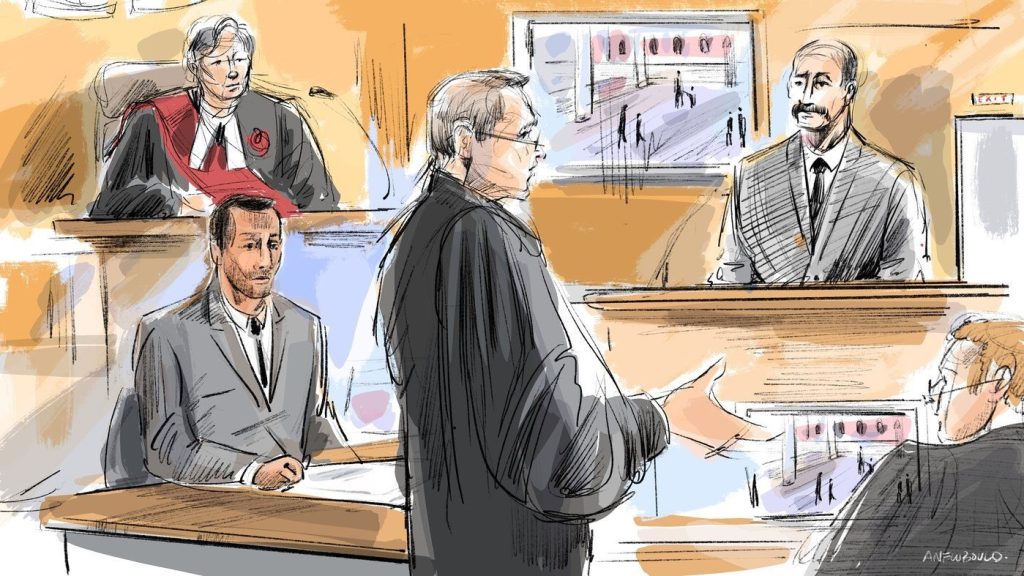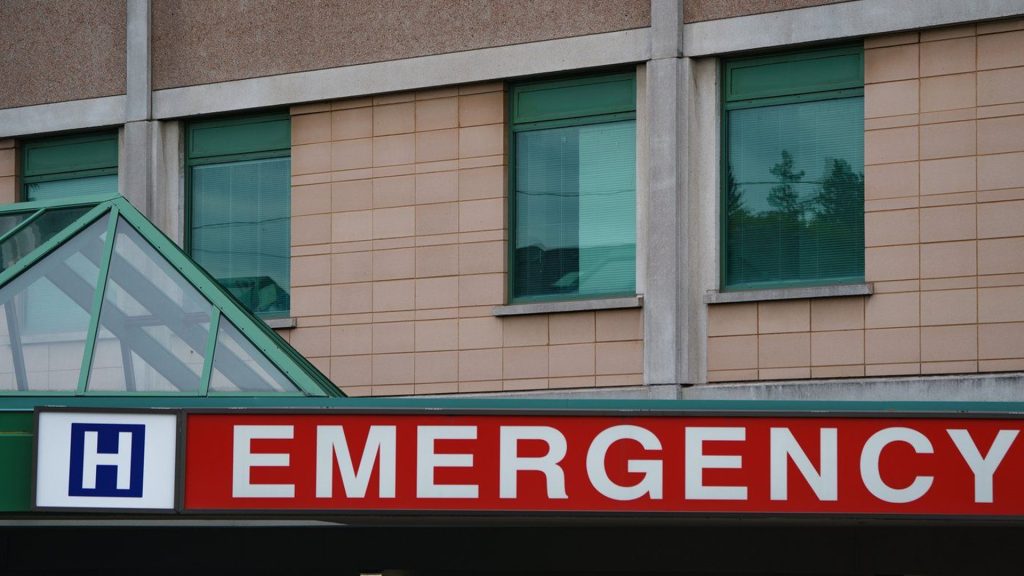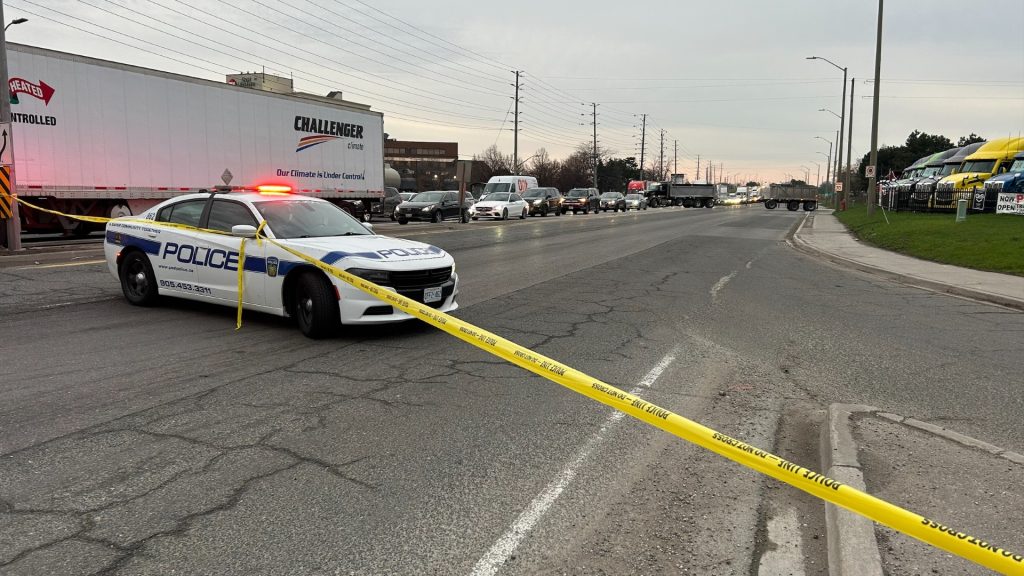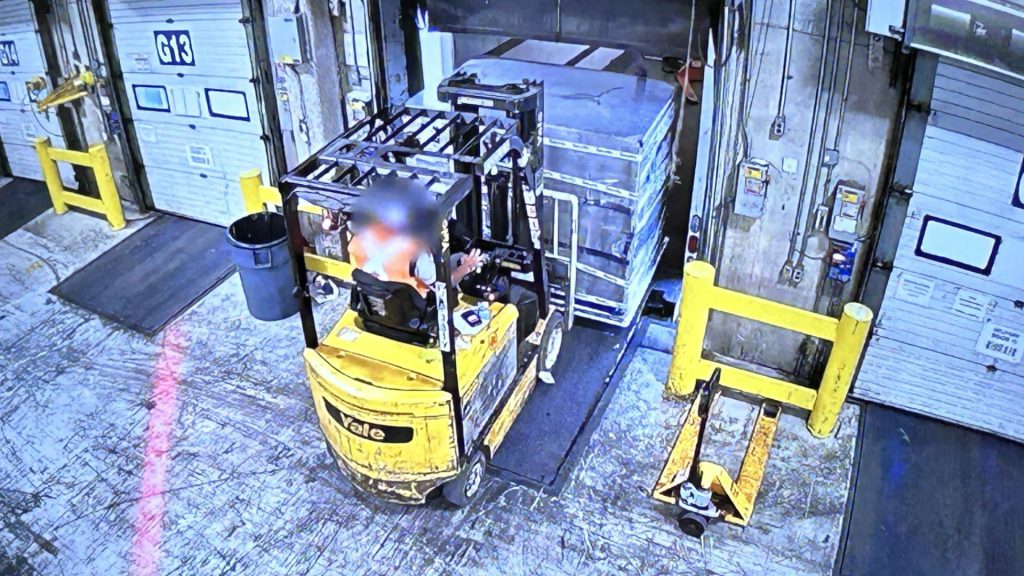Remembrance Day traditions play out in snow squall at National War Memorial
Posted November 11, 2013 4:00 am.
This article is more than 5 years old.
OTTAWA – In wet snow under grey skies, the annual Remembrance Day ceremonies played out Monday with all their sombre dignity.
Thousands crowded around the towering granite arch of the National War Memorial to watch the ritual.
It opened with O Canada and then went on through time-honoured traditions. The high, liquid notes of the Last Post rang over the chilly downtown, introducing the minute of silence. The quiet was broken only by the slow tolling of the Peace Tower bells marking the hour, then a piper’s skirled lament.
A 21-gun artillery salute boomed out, echoing off the buildings all around and stirring flights of pigeons into the air. Two CF-18 fighter jets and a pair of training aircraft roared overhead in a flypast.
There were prayers and the recitation of poet Robert Laurence Binyon’s haunting lines:
“They shall grow not old, as we that are left grow old: Age shall not weary them, nor the years condemn. At the going down of the sun and in the morning, We will remember them.”
Gov. Gen. David Johnston, wearing a naval uniform, presided over the ceremonies, along with Prime Minister Stephen Harper.
They placed wreaths at the foot of the memorial, as did Niki Psiharis, the Silver Cross mother.
Her youngest son, Sgt. Chris Karigiannis, was killed by a roadside bomb in Afghanistan in 2007.
Senior military officers, politicians and members of the diplomatic corps, veterans groups and others also laid wreaths as a children’s choir sang. Afterward, hundreds of people pressed forward to place their poppies on the Tomb of the Unknown Soldier, forming a crimson shroud on the grey granite.
They then gathered along the roadside to applaud as soldiers and veterans marched past.
The Ottawa ceremony came as Canadians from coast to coast paused to reflect on the sacrifices of wars long past and modern-day conflicts coming to end.
It’s a Remembrance Day for which Canada still has large numbers of troops deployed in harm’s way.
Canadian soldiers on a training mission in Afghanistan held their own quiet service in Kabul, likely the last, as the remainder are scheduled to come home in the spring.
That will end a long Afghan deployment in which 158 soldiers were killed.
Col. John Valtonan, who participated in the ceremony, said he knew six of those dead over the years.
“Everybody will have their own sense of responsibility and do with what they can to make sure the names aren’t forgotten, the stories aren’t forgotten and the work they’ve done isn’t forgotten,” he said.
After taking part in the national ceremony, Harper travelled south to Crysler’s Farm near Morrisburg, Ont., on the St. Lawrence River to take remembrance back in time.
He spoke to a small crowd of high school students, soldiers and re-enactors who shivered as an icy wind whipped rain off the river.
The farm was the scene of a pivotal battle in the War of 1812, where an American invasion along the St. Lawrence was stopped by British, Canadian and aboriginal forces.
Fought on Nov. 11, 1813, the engagement is sometimes referred to as the battle that saved Canada.
The Harper government has spent millions on commemorating the War of 1812, a conflict that predates the founding of Canada and barely resonates with people today.
Across Canada, meanwhile, local ceremonies played out as each time zone hit 11 a.m.
In Toronto, troubled Mayor Rob Ford presided over the memorial. As he spoke, a quiet smattering of boos and cries of “shame” rose from the crowd, and he was snubbed by a veteran who refused to shake his hand after the ceremony concluded.
Tony Smith, an 80-year-old who was stationed in Germany after the Second World War, said he refused Ford’s hand because the mayor is “a druggie.”
In Montreal, newly elected Mayor Denis Coderre took part in ceremonies on the sprawling campus of Montreal’s McGill University.
“It’s always a duty for me to be here,” he said Monday. “We have people, who, with the sacrifices of their lives provided us with the kind of society we have today.”
Coderre said he personally wants to commemorate and thank a surviving uncle of his who helped liberate Belgium and the Netherlands during the Second World War.
In Vancouver, the square block around the city’s downtown cenotaph at Victory Square was packed and spectators spilled into adjacent side streets.
Tom Slade, 64, whose father spent a career in the military and whose grandfather was killed in 1918, just weeks before the end of the First World War, said he was pleased to see the large crowd.
“I think it (Remembrance Day attendance) fell into hard times, but in the last 10 years, with Canada being in Afghanistan, it’s come more to the forefront,” he said.
In its recent throne speech, the Harper government promised to rededicate the national memorial — which sits within sight of Parliament Hill — to the memory of all men and women who fought for the country in every conflict.
There has been a simmering debate about whether to add the dates of the war in Afghanistan to the massive war memorial, a notion resisted in some quarters of the federal government, including Veterans Affairs Canada.
During the First World War, roughly 68,000 Canadians were killed in four years of fighting. The Second World War claimed a further 47,000 Canadian lives between 1939 and 1945. The United Nations-led Korean war in the 1950s saw 516 killed.
The dates of all three wars are on the memorial.
An additional 1,800 Canadians died either on UN peacekeeping missions, in Cold War training exercises — or in Afghanistan, which claimed 158 soldiers.










